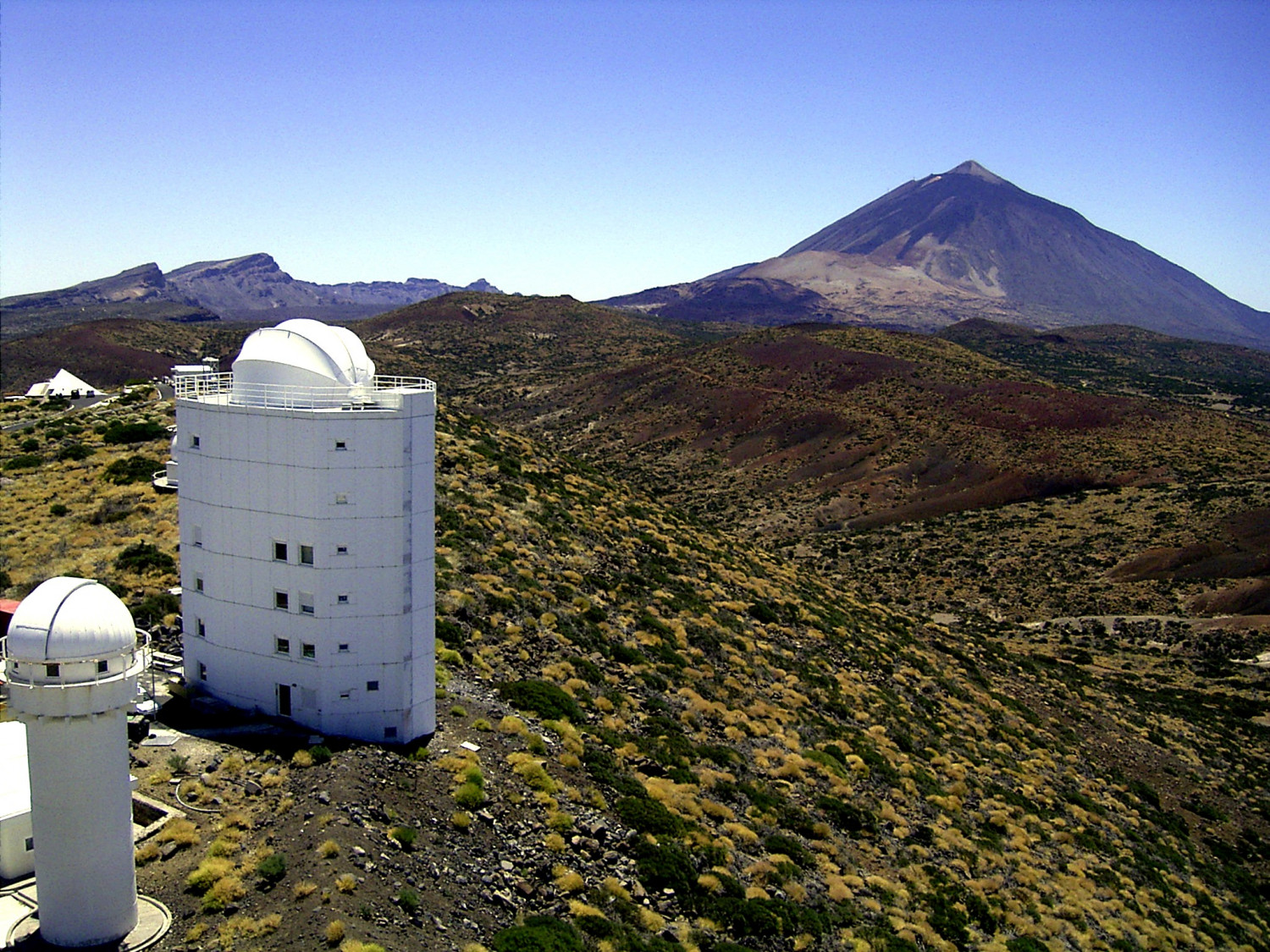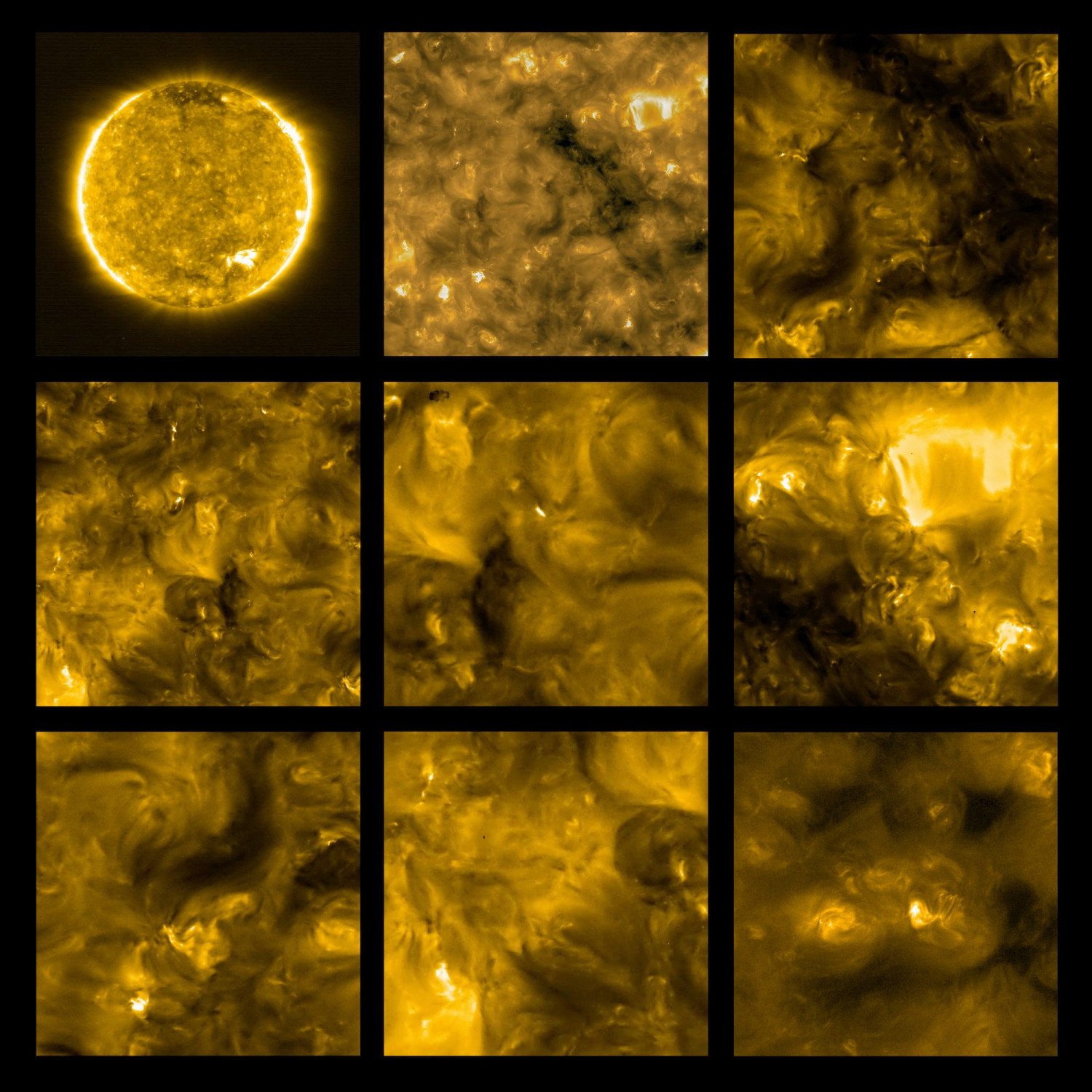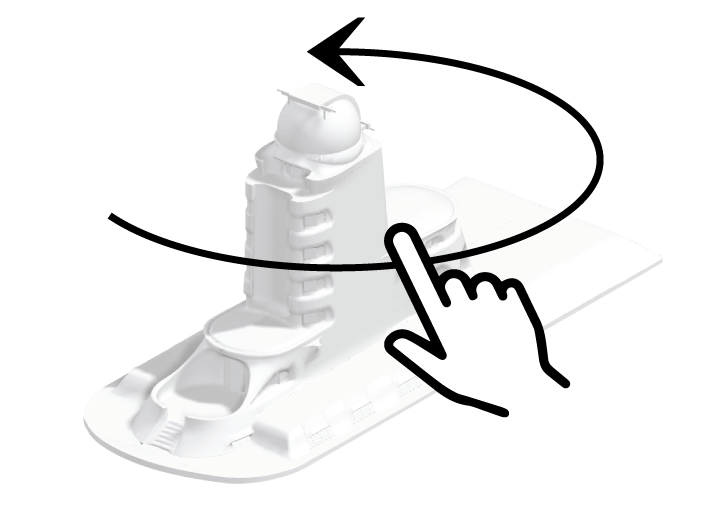During the GDR era, the Einstein Tower was part of the Central Institute of Astrophysics. The research results produced during this time routinely attracted attention, both at home and abroad. This was one of the reasons why, after the Central Institute was dissolved following German reunification, the Einstein Tower not only continued to exist but was also included in the “Blue List”, a group of institutions that evolved into the Leibniz Association.
In the 1990s, the Einstein Tower became part of the Astrophysical Institute Potsdam, today Leibniz Institute for Astrophysics PotsdamLeibniz Institute for Astrophysics (AIP): Founded in 1992 as the successor of the Central Institute for Astrophysics and renamed Leibniz Institute for Astrophysics Potsdam in 2011. The AIP’s research areas cover solar and stellar physics with a focus on extragalactic astrophysics and solar and stellar physics, with emphasis on stellar and cosmic magnetic fields, star and galaxy formation, and cosmology. The AIP has a share in several telescopes on the Teide volcano in Tenerife and is a partner of the Large Binocular Telescope in Arizona. It has also developed astronomical instrumentation for large telescopes such as the Very Large Telescope of the European Southern Observatory (ESO). (AIP). Its work centred on research into cosmic magnetic fields, solar and stellar activity, and studies focused on extragalactic astrophysics. To enable research to be carried on at the highest level, the mirrors of the coelostatA celostat usually consists of two mirrors arranged in a way that a stationary telescope (e.g. a tower telescope) can be used to follow the motion of celestial bodies over the entire course of the day or night. were replaced in 1993 with glass-ceramic (“ZERODUR”) mirrors, which have better thermal properties and a minimal coefficient of expansion, with the result that measurement inaccuracies at higher temperatures are negligible.
Today, the Einstein Tower is the AIP’s institutional observatory. Its equipment is still fully functional, allowing it to take part in international field campaigns and long-term measurements. AIP scientists also use the Einstein Tower to develop and test new equipment, which is then used in the large telescopes of the Observatorio del Teide in Tenerife and the Very Large Telescope (VLT) of the European Southern Observatory (ESO) in the Atacama Desert in Chile. Telescope time is precious there and should not be squandered with measuring equipment that does not work properly. The Einstein Tower is of particular value because, in comparison, it is much more flexible and economical and can also be used to perfect measuring instruments over longer periods of time.


Some of the scientific instrumentation on the Solar Orbiter space probe, which was launched into space from Cape Canaveral in Florida on 9 February 2020, was developed in the Einstein Tower. The aim of the European Space Agency (ESA) research mission is to ascertain how the Sun creates the heliosphere – the huge area around the Sun in which the solar wind and the Sun’s magnetic field operate. The STIX X-ray telescope attached to the probe was jointly developed, tested and optimised at the Einstein Tower. STIX uses imaging spectroscopy to examine the Sun’s thermal and non-thermal X-ray emissions, which are pictured with an unprecedented high resolution. Part of this telescope is set up as an ongoing simulation in the laboratory of the Einstein Tower to enable the Solar Orbiter’s measurement results to be checked.


The Einstein Tower is also important for training budding astrophysicists, who otherwise have limited opportunity during their studies for such direct contact with a research instrument of this kind.



